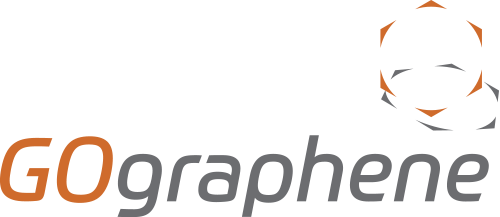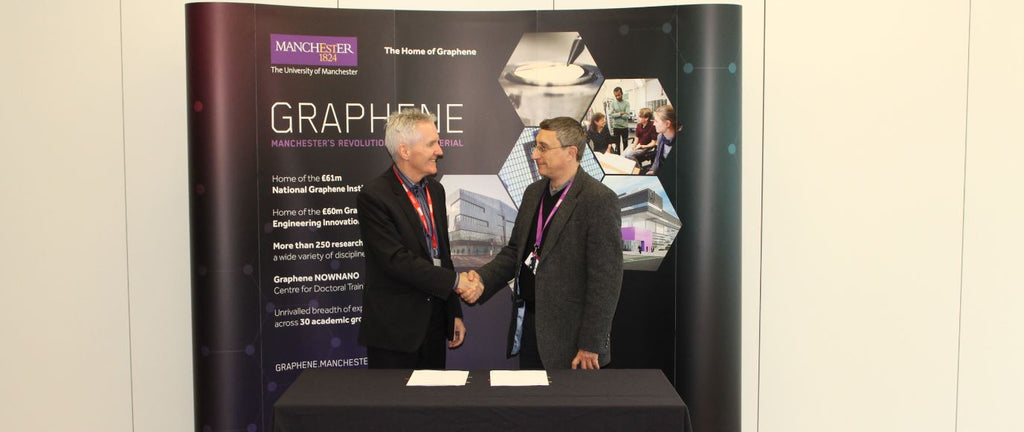Graphene Oxide in Slow Release Fertilisers
With the growth in the global population there is a greater requirement in the production of crops to meet this demand. In the development of crops, micronutrients (such as zinc and copper) in the form of fertilisers are required to optimise plant growth. Standard fertilisers are usually water-soluble salts containing sulfates which can be affected by leaching or run-off, particularly in high rainfall locations. As a result of the fast release, large volumes of these fertilisers are required to provide sufficient nutrients to the plants but results in higher costs due to the inefficiency as well as potential environmental issues.
Research carried out by the University of Adelaide has demonstrated the use of graphene oxide as high capacity carriers of micronutrients for use in slow-release fertilisers. Graphene oxide has a very high surface area and large quantities of oxygen functional groups on the surface of the sheet. Electrostatic interactions from the oxygen functionalities allows metal nutrients to bind to the graphene oxide sheets, with the high surface area resulting in large loading quantities. The results of the study showed highly desirable release rates, with initial fast release followed by a slow, sustained rate. This mechanism of release is favourable, particularly in environments where seedlings require larger initial quantities of micronutrients followed by a slower uptake as they grow.
This application is just one of many that utilise the unique properties of graphene and graphene oxide and further demonstrates the wide range of potential uses. If you have any enquiries about the applications of graphene oxide or how it can improve your existing applications, please get in touch and one of the GOgraphene team will be happy to help.
ACS Appl. Mater. Interfaces, 2017, 9, 43325−43335


